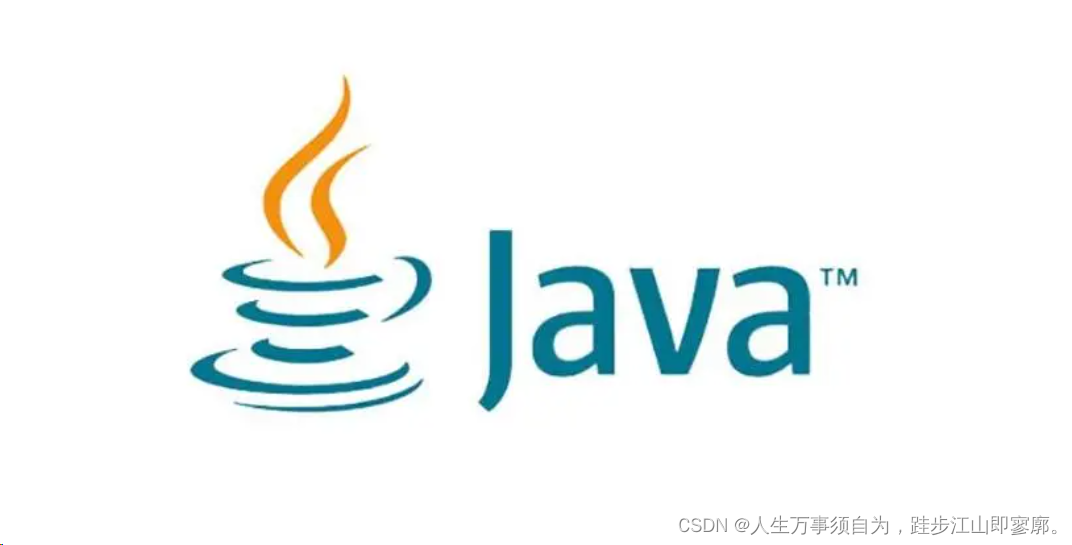????????本文將為您詳細講解 Java 中對包含關系的判斷,包括數組、字符串等,并提供相應的代碼例子。

????????1. 數組包含關系判斷
在 Java 中,數組包含關系判斷通常使用循環來實現。以下是幾種常見的判斷方法:
????????示例 1:使用 for 循環判斷數組是否包含元素
// 定義一個整數數組
int[] numbers = {1, 2, 3, 4, 5};
// 要檢查的元素
int toFind = 3;
// 使用 for 循環判斷數組是否包含 toFind 元素
boolean containsToFind = false;
for (int number : numbers) {if (number == toFind) {containsToFind = true;break;}
}
// 輸出結果
System.out.println(containsToFind); // 輸出: true
????????示例 2:使用 Java 8 的 Stream API 判斷數組是否包含元素
// 定義一個整數數組
int[] numbers = {1, 2, 3, 4, 5};
// 要檢查的元素
int toFind = 3;
// 使用 Stream API 判斷數組是否包含 toFind 元素
boolean containsToFind = Arrays.stream(numbers).anyMatch(number -> number == toFind);
// 輸出結果
System.out.println(containsToFind); // 輸出: true
???????? 2. 字符串包含關系判斷
在 Java 中,字符串包含關系判斷通常使用 `String` 類的 `contains()` 方法。這個方法返回一個布爾值,表示字符串是否包含指定的子串。
????????示例 1:字符串中包含子串
// 定義一個字符串
String sentence = "Hello, world!";
// 判斷字符串是否包含 'world'
boolean containsWorld = sentence.contains("world");
// 輸出結果
System.out.println(containsWorld); // 輸出: true
????????示例 2:字符串中不包含子串
// 定義一個字符串
String sentence = "Hello, world!";
// 判斷字符串是否包含 'WORLD'(不區分大小寫)
boolean containsWorld = sentence.contains("WORLD".toLowerCase());
// 輸出結果
System.out.println(containsWorld); // 輸出: true
????????3. 集合包含關系判斷
在 Java 中,集合(如 List、Set 等)包含關系判斷通常使用相應的 `contains()` 方法。
????????示例 1:List 中包含元素
// 定義一個整數 List
List<Integer> numbers = Arrays.asList(1, 2, 3, 4, 5);
// 要檢查的元素
int toFind = 3;
// 判斷 List 是否包含 toFind 元素
boolean containsToFind = numbers.contains(toFind);
// 輸出結果
System.out.println(containsToFind); // 輸出: true
????????示例 2:Set 中包含元素
// 定義一個整數 Set
Set<Integer> numbers = new HashSet<>(Arrays.asList(1, 2, 3, 4, 5));
// 要檢查的元素
int toFind = 3;
// 判斷 Set 是否包含 toFind 元素
boolean containsToFind = numbers.contains(toFind);
// 輸出結果
System.out.println(containsToFind); // 輸出: true
????????4. 對象包含關系判斷
在 Java 中,對象包含關系判斷通常使用 `equals()` 方法來實現。
????????示例 1:對象數組中包含特定對象
// 定義一個對象數組和一個對象
Person[] people = {new Person("Alice", 25), new Person("Bob", 30)};
Person person = new Person("Alice", 25);
// 判斷對象數組是否包含 person 對象
boolean containsPerson = false;
for (Person p : people) {if (p.equals(person)) {containsPerson = true;break;}
}
// 輸出結果
System.out.println(containsPerson); // 輸出: true
????????示例 2:對象集合中包含特定對象
// 定義一個 Person 類
class Person {String name;int age;Person(String name, int age) {this.name = name;this.age = age;}@Overridepublic boolean equals(Object o) {if (this == o) return true;if (o == null || getClass() != o.getClass()) return false;Person person = (Person) o;return age == person.age && name.equals(person.name);}
}
// 定義一個 Person 集合和一個 Person 對象
Set<Person> people = new HashSet<>(Arrays.asList(new Person("Alice", 25), new Person("Bob", 30)));
Person person = new Person("Alice", 25);
// 判斷 Person 集合是否包含 person 對象
boolean containsPerson = people.contains(person);
// 輸出結果
System.out.println(containsPerson); // 輸出: true
????????5. 數組與集合結合的包含關系判斷
在 Java 中,數組與集合結合的包含關系判斷通常需要使用一些組合方法。
????????示例 1:數組中包含集合
// 定義一個整數數組和一個整數集合
int[] array = {1, 2, 3, 4, 5};
Set<Integer> set = new HashSet<>(Arrays.asList(3, 4, 5));
// 判斷數組是否包含集合中的所有元素
boolean containsSet = set.stream().allMatch(array::contains);
// 輸出結果
System.out.println(containsSet); // 輸出: true
????????示例 2:集合中包含數組
// 定義一個整數集合和一個整數數組
Set<Integer> set = new HashSet<>(Arrays.asList(1, 2, 3, 4, 5));
int[] array = {3, 4, 5};
// 判斷集合是否包含數組中的所有元素
boolean containsArray = Arrays.stream(array).allMatch(set::contains);
// 輸出結果
System.out.println(containsArray); // 輸出: true
????????6. 總結
????????在 Java 中,對包含關系的判斷有多種方式,包括數組、字符串、集合等。對于數組,可以使用循環或 Java 8 的 Stream API;對于字符串,可以使用 `contains()` 方法;對于集合,可以使用相應的 `contains()` 方法。在實際應用中,需要根據具體情況選擇合適的方法進行包含關系判斷。
希望這個詳細的講解能夠幫助您更好地理解 Java 中對包含關系的判斷。如果您有任何問題或需要進一步的解釋,請隨時提問。

實現服務器(注意要回收子進程))



)



)



![[electron]窗口 BrowserWindow](http://pic.xiahunao.cn/[electron]窗口 BrowserWindow)

----->E. Cardboard for Pictures)



